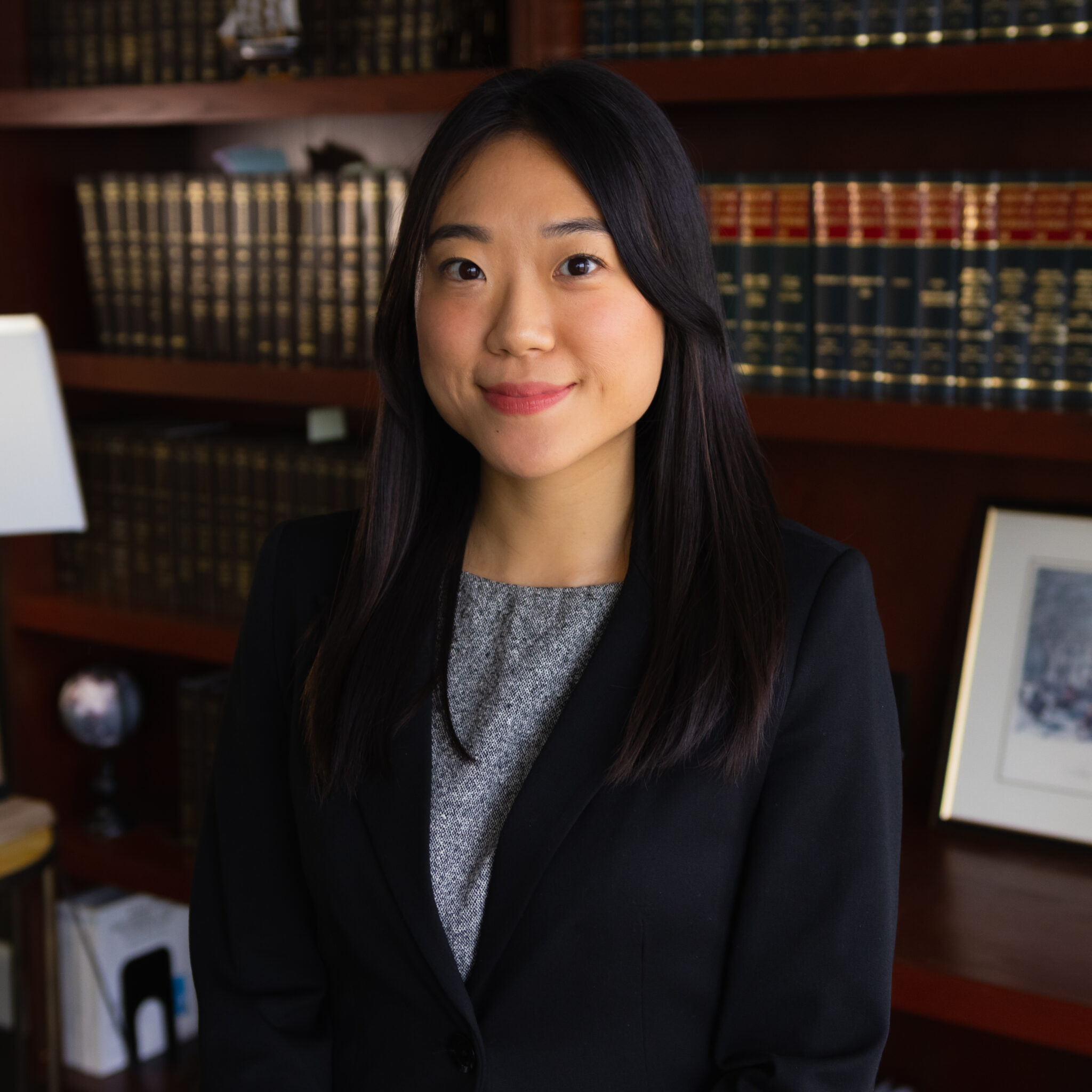Chapter 7 Bankruptcy can temporarily stop or delay foreclosure proceedings because the lenders cannot initiate or continue any collection efforts on any debts, including mortgages, until permitted by the bankruptcy court.
In a Chapter 7, also called a liquidation, a homeowner can rarely keep their home unless they have remained current on the mortgage. This is different from Chapter 13 bankruptcy, which allows debtors to get current or pay back any arrears on their mortgage over a period of up to five years. If the homeowner is current on their mortgage, they have the option of reaffirming the debt and keeping it after the bankruptcy is complete.
If the debtor is behind on their mortgage and unable to cure any arrearages on the mortgage prior to filing bankruptcy, most likely the debtor will surrender the home after the bankruptcy has been completed. During this time the debtor may remain in the home (not paying any mortgage) until the automatic stay is lifted. Once the automatic stay is lifted after the bankruptcy is completed, a lender may once again initiate foreclosure proceedings.
When a homeowner would like to keep their home, and he or she has sufficient income to pay the mortgage going forward, then Chapter 13 may be the more appropriate option because it will allow them to catch up on their mortgage if they are behind. This is typically useful in situations where there is temporary unemployment or loss of income.
It is important to identify if bankruptcy is right for you, and furthermore, which bankruptcy will provide you with the help your situation needs. Discussing your specific situation with an experienced bankruptcy attorney will help determine your best course of action.
 Book an
Book an Email
Email Directions
Directions







